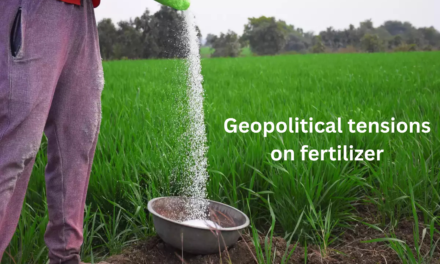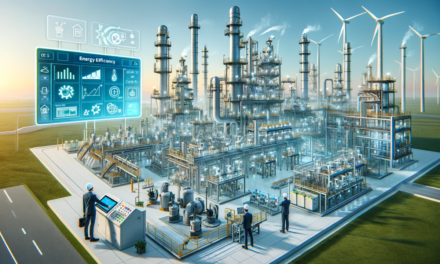The global basic chemicals market is influenced by several dynamic trends that reflect changing consumer demands, technological advancements, and environmental concerns. Here are the leading trends shaping the market:
1. Shift Toward Sustainability
- Green Chemistry Initiatives: Companies are adopting eco-friendly production methods and renewable feedstocks to reduce carbon footprints.
- Bio-Based Chemicals: Increased focus on producing basic chemicals like ethanol and methanol from biological sources such as biomass.
- Emission Reduction: Integration of carbon capture technologies and cleaner production techniques to minimize greenhouse gas emissions.
2. Digital Transformation
- Smart Manufacturing: Integration of IoT, AI, and machine learning to optimize production efficiency and reduce downtime.
- Predictive Maintenance: Leveraging data analytics for equipment reliability and process control, reducing operational costs.
- Blockchain for Supply Chains: Enhancing transparency and traceability in the sourcing and distribution of raw materials.
3. Regional Growth in Asia-Pacific
- The Asia-Pacific region, particularly China and India, is experiencing rapid industrialization and urbanization, driving demand for basic chemicals.
- Availability of cost-effective raw materials and a growing consumer base contribute to the region’s dominance.
4. Demand for Petrochemical Derivatives
- Increased production of polymers like polyethylene and polypropylene to meet the needs of packaging, automotive, and construction industries.
- Expansion of refinery and petrochemical integration to streamline operations and reduce costs.
5. Circular Economy Practices
- Recycling and Upcycling: Focus on reducing waste by converting post-consumer plastics and other materials back into chemical feedstocks.
- Chemical Recycling: Innovations in breaking down polymers into monomers for reuse in new products.
6. Energy Transition Impact
- Hydrogen Economy: Growing demand for hydrogen as a clean energy source is spurring the production of basic chemicals like ammonia and methanol.
- Renewable Energy Integration: Using solar and wind energy to power chemical production processes, particularly in electrochemical applications.
7. Stringent Regulatory Compliance
- Governments are enforcing stricter environmental regulations, pushing companies to innovate and adopt safer chemical processes.
- Increased monitoring of hazardous substances to ensure safety and minimize environmental harm.
8. Focus on Lightweight Materials
- Development of advanced polymers and composites to replace metals in automotive and aerospace applications, driven by the need for fuel efficiency.
9. Rising Feedstock Diversification
- Companies are exploring alternative feedstocks like shale gas, biomass, and CO2 utilization to mitigate reliance on crude oil and natural gas.
10. Expansion of Global Trade
- Growing export opportunities for basic chemicals, particularly in developing economies, are driving production expansions and investments in infrastructure.

















